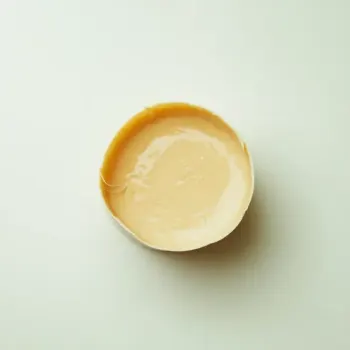


Solid
Vegetable shortening is most commonly found in a solid, white form, made from hydrogenated vegetable oil. It's used for baking and frying due to its high smoke point and ability to create flaky layers in pastries.
Spray
Vegetable shortening is also available in aerosol spray cans for greasing pans and baking sheets. This form provides convenience and portion control.
Liquid
Some brands offer liquid vegetable shortening, which is a clear, pourable oil. This form is less common and is used when a recipe calls for a liquid fat without the distinct flavor that oils like olive or coconut might impart.




shortening spray: Pam Baking Spray with Flour
solid shortening: Crisco
liquid shortening: Spectrum Organic All Vegetable Shortening

Baking: Shortening is often used in baking to create tender and flaky pastries. It's especially popular in pie crusts, biscuits, and cookies. When cutting shortening into flour, keep everything cold to prevent the fat from melting, which can compromise the texture of the final product.
Frying: Due to its high smoke point, vegetable shortening is suitable for deep-frying. It can be used to fry chicken, fish, or potatoes, resulting in a crispy and golden exterior.
Creaming: When making cookies or cakes, shortening is creamed with sugar to create a light and airy texture. This process is crucial for the structure of baked goods, as it helps to properly incorporate air.



